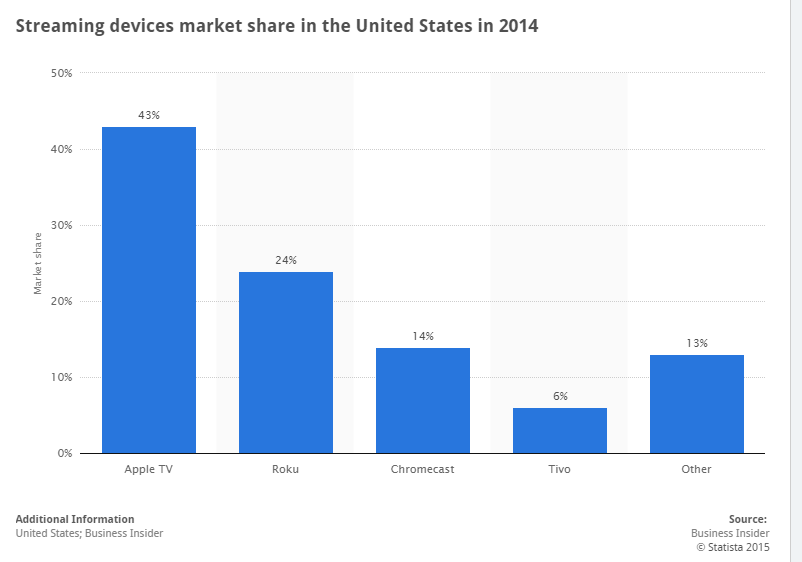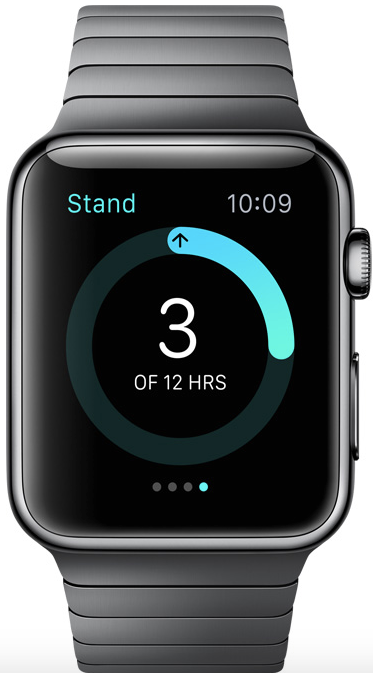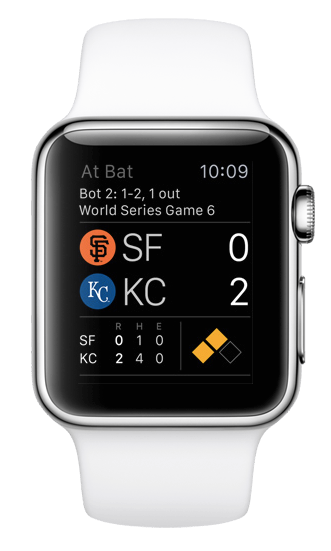Ned Yost’s Baseball Academics App is Hungry For Braaaiiiiiinnnnnssss
Baseball is 90 percent mental, according to Hall of Famer Yogi Berra. It’s the impetus behind Ned Yost’s Baseball Academics mobile app, which Retain Train developed with the help of the Kansas City Royals manager. Of course, as Berra infamously said, the other half is physical. But other apps can deal with that. Baseball Academics is like a zombie – it just wants your brains.
While Yost is the face of the app, Mike Socha — owner of Retain Train — is the medulla oblongata. He operates the most essential functions to make this whole thing work.
“The goal is to get kids thinking,” Socha said. “There are always going to be mental mistakes. We can’t cure that. But we want to get the kids thinking.
Essentially, the app is a quiz for each defensive position to help players learn which base to throw to. Socha described the app’s system, which is geared towards youth, as a perfect intersection between speed and accuracy, through repetition in a flash card format, to commit scenarios to memory.
Yost described the game to The Kansas City Star as a baseball IQ test. It’s a test that Socha hopes the baseball community will use to evaluate players, along with their stats and physical skills. He said he’s working with Perfect Game and Baseball Factory to have them adopt his Baseball Academic Rating (BAR), which is the score a player earns by playing “official games.”
Users start out on level one, which simply informs where the runners are, how many outs and what inning the game is in. In each game, the user scans the scenarios and touches the base to throw to. As users advance through the training and official games (trainings are required before playing an official game, which is used to calculate a player’s BAR), they level up. Level two adds the score and eventually your positioning is detailed as well. Socha said the game is currently built to level four, but the plan is to reach level seven. However, I wasn’t able to determine what differences the advancing levels offered.
I played five official games as a shortstop on level one before I lost interest. In between each official game are required training games. I aced the official games, as you can see below, and was left wondering where I stood out among all shortstop BARs. But I can’t locate my BAR, or level up. When I asked Socha about advancing to level two, he said 30 official games with a score of 850 or better is needed to move up. And maybe because I’m not a 7-year-old boy anymore, and therefore the game wasn’t designed for a 30-something trying to prove himself as shortstop that could’ve been, I’ve lost interest.
At shortstop on level one, the only real options to throw to are first base or second base. I learned to watch for runners at first, no matter the outs, and throw to second. If no one was on first, always throw to first, because my decision to throw home with a runner at third and less than two outs always resulted in an incorrect answer — likely because I didn’t know the score or if my shortstop was playing back or in at the grass.
I’m interested in the depth of the app as players continue to level up. Socha said there are leader boards and plans for contests. And if I had an ounce of perseverance in me, maybe I’d keep playing to see if I could school all those kid shortstops across the country for top BAR. The app is worthwhile to train baseball players on the fundamentals on where to throw the ball. However, it’d provide a better value if it expanded to include more complex scenarios, such as bunt defense or base running. There are other mental aspects to the game besides where to throw on defense.
The app is free for Android and iOS devices, however the free version only offers training exercises on level one. To jump further in to the experience, a premium membership is required, which costs $10 a month, or $100 for a one year subscription.




